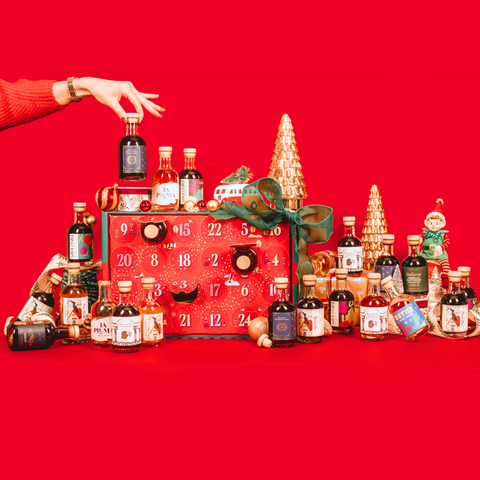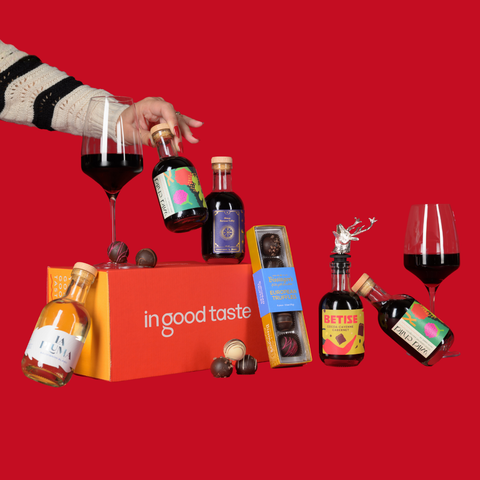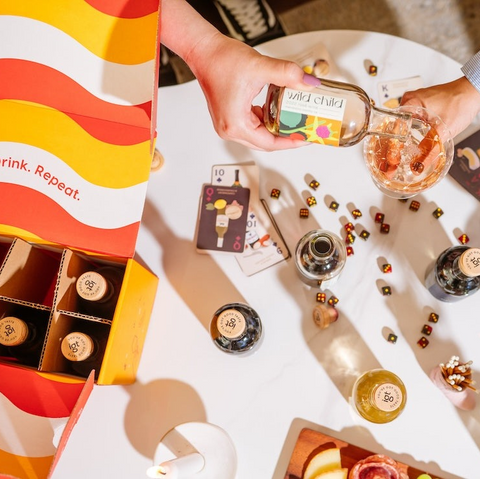Exploring Wine Knowledge, Careers, and Certifications
Wine is an exceptionally gratifying hobby for many. Learning everything there is to know about selecting, sipping, and savoring is a pursuit we highly encourage! But with so much knowledge, history, and science that goes into developing an expert-level appreciation of wine, it’s no wonder that some people dedicate a considerable amount of time and money to this delicious endeavor. Some feel such a passion and calling that they may even consider a career in the wine industry. And let’s be honest, drinking wine for a living does sound like the ultimate dream job!
For those whose passion for wine has inspired professional aspirations, we’ve got some information for you to consider. There are several ways to gain knowledge in wine to build a credible foundation of expertise. Maybe you want to become a knowledgeable oenophile, a wine connoisseur, or perhaps you’d like to go all-in and become a certified sommelier. Whatever your goals, we’ve got some advice on the first steps to take in your wine-loving journey.
Oenophile
Simply put, an oenophile (pronounced “ee-nuh-file”) is someone who loves wine. This person likely considers themselves a wine enthusiast, passionate about a good bottle of wine but without any formal training. An oenophile can probably tell the difference between a cheaply made wine and one of higher quality. They talk about good wine with their friends, go to wine tasting events, and probably know how to pair wine with food. That friend who loves wine, learns all they can about it, and serves as your go-to person for wine recommendations — they would be considered an oenophile.
Does this sound like you? If so, congratulations, you are an oenophile! This is news worth celebrating — with a glass of wine, of course. While there is no certification to become an “official” oenophile, you probably have a good idea if the term applies to you. If you are a wine lover who knows more about wine than the average person, the chances are good that you are already at this level. And now you have a fancy word to describe yourself!

Connoisseur
All wine connoisseurs are likely oenophiles, but not all oenophiles are connoisseurs. Generally speaking, a wine connoisseur is someone with extensive knowledge of wine. They understand wine styles, different regions and grapes, aging potential for various wines, and specific flavor profiles. Many wine connoisseurs will even take their craft a step further and obtain formal training to become certified sommeliers.
To be a connoisseur, you need to familiarize yourself with all aspects of wine, from winemaking and viticulture to wine history and major wine regions. If you’re looking for a good starting point for building your wine-related knowledge base, here are a few pointers we’ve picked up over the years.

The Five S’s
When tasting a glass of wine, remember the five S’s: see, swirl, smell, sip, and savor. Seeing the wine’s color can offer insight on everything from the type of grape to the age of the wine. Swirling the wine allows the aromas to release before you smell and sip. Finally, to truly appreciate the complexities of the wine, you need to savor it.
Pro tip: To master the perfect wine swirl, hold your wine glass by the stem and swirl with the wrist, not the arm. You’ll look like a connoisseur in no time!
Tannins and Terroir
The textural element that gives wine a “dry” mouthfeel comes from the tannins, which are more plentiful in red wines than whites. Terroir is a French term that refers to the impact that climate, soil, and overall sense of place have on the grapes that make the wine. Terroir is a primary consideration for Old World wines, which are grown and produced in Europe.
Wine Temperature
While the temperature at which you choose to enjoy your wine is ultimately up to you, experts recommend serving various wines at specific temperatures. White and sparkling wines are best served cold (43 to 50 degrees Fahrenheit) to highlight their perky acidity. Rosés taste best chilled (between 44 and 55 degrees Fahrenheit) to enhance their fruit-forward flavor profiles. Reds are best served at or just below room temperature (between 56 and 64 degrees Fahrenheit) to allow their complex aromas and layers of flavor to shine through.
Choosing the Right Glass
Once you’ve picked the wine you want to enjoy, do yourself a favor and pick the right glass to experience your selection’s fullest flavor. Red wines taste best in a glass with a wider bowl that gives them room to aerate and breathe. White and rosé wines are best served in a white wine or tulip glass, and sparkling wine is best in a tulip or flute glass.
Once you’ve mastered these wine basics, you can expand your knowledge in several ways. Attend wine tasting events, start a wine lovers group, read as much wine literature as you can, and taste as many wines as possible. This well-rounded approach will help you create a robust foundation for your wine knowledge. You may even decide to take your wine training to the next level and enroll in a class to obtain an official certification.
Sommelier
Sommeliers are formally trained, certified wine experts who possess a broad, comprehensive knowledge of all things wine. They typically work in restaurants, although they might also work for wine distributors or wine specialty stores. In a restaurant, a sommelier creates wine lists, suggests wines to guests, and makes recommendations for food and wine pairings. The annual salary for a sommelier can range anywhere from $40K to $100K, with sommeliers in large cities such as New York or Seattle earning on the higher end of that wage spectrum. Those who work for wine distributors have the potential to earn even more.

There are four levels of sommelier certifications, and most sommeliers who work in restaurants will have at least a Level 1 Introductory certification, although most are certified as a Level 2 or 3. If you’re looking for a sommelier certification program, the Wine and Spirit Education Trust (WSET) and the Court of Master Sommeliers (CMS) offer the most popular certifications in the industry.
WSET (Wine and Spirit Education Trust)
Based in London, England, the WSET offers classes for aspiring sommeliers around the world. Offered through third-party training programs, this option is ideal for those who prefer to learn in a traditional classroom setting. Course costs start at approximately $400 for Level 1 and increase to $900 for Level 2, $1500 for Level 3, and $1500 for Level 4. Prices will vary depending on where you take the courses.
Each level has a different set of requirements for completion. Level 1 is a two- to three-day education process that includes an examination. Level 2 follows a program that consists of a blind tasting, a written theory test, and a live service demonstration of knowledge. Levels 3 and 4 have more advanced versions of the Level 2 examinations and include knowledge of spirits and cigars.
CMS (Court of Master Sommeliers)
Similar to the WSET program, a certification from CM offers four progressive levels ranging from Introductory Sommelier to Master Sommelier. It is worth noting that since the Court’s inception in 1969, there have only been 269 people who have reached Level 4 Master Sommelier. CMS is a better option for those who are comfortable with independent learning, and the cost is approximately $700 for Level 1, $500 for Level 2, $1200 for Level 3, and $1800 for Level 4.

Or are you happy to be an eager oenophile? Would you like to be recognized as a connoisseur? Do you have your sights set on a career as a sommelier? The beautiful thing about the world of wine is that it offers something for everyone. If you’re simply a dedicated drinker of the world’s best wines, there’s room for you too. It takes all types to make the wine world go ‘round. Here’s to finding your place and enjoying every sip!




